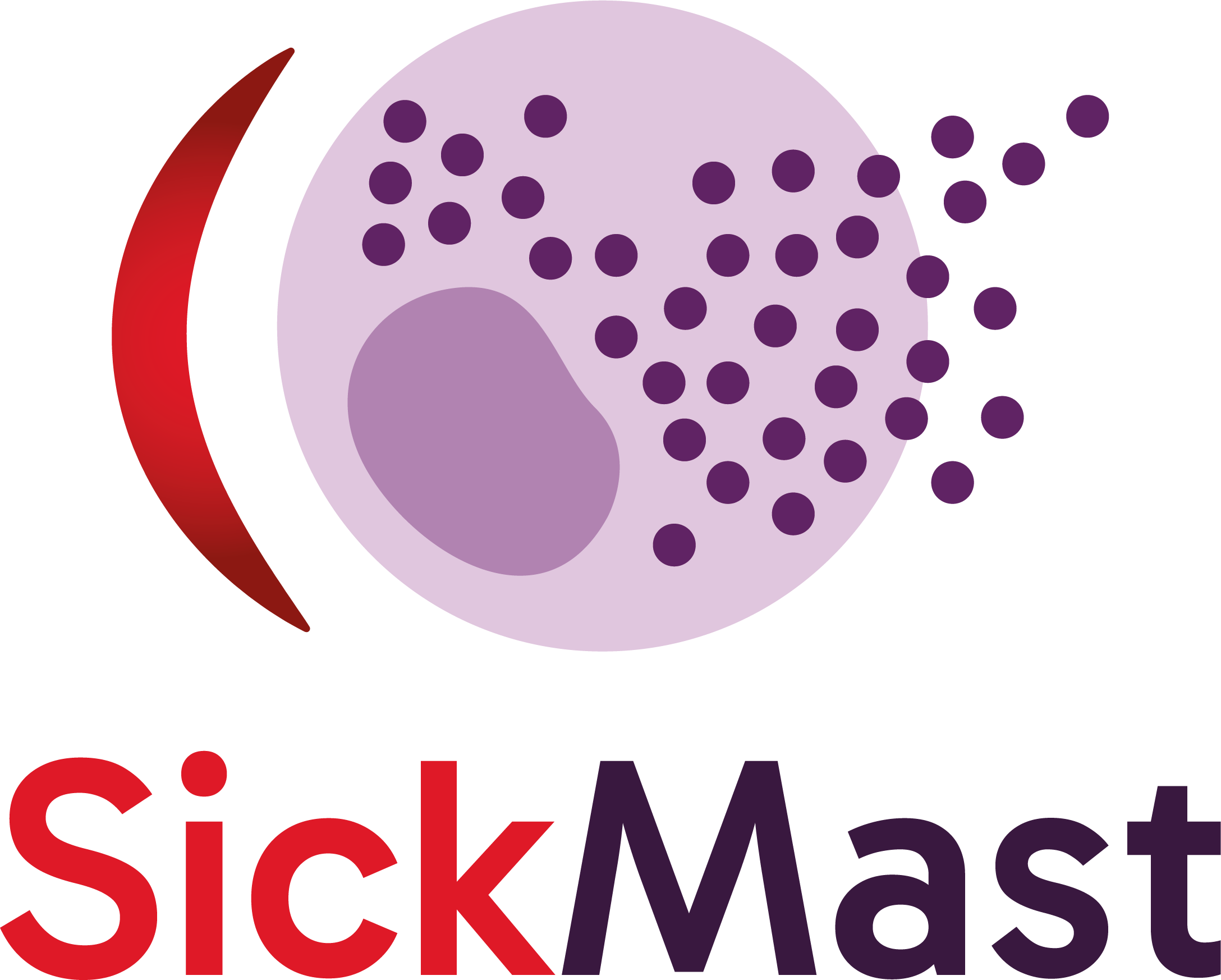Presentation
"Erythropoiesis and Red Blood Cell Disorders"

Translational Research in Sickle Cell Disease
Our research program focuses on uncovering the biological mechanisms that drive sickle cell disease (SCD) pathology and developing innovative therapeutic strategies that can be directly translated into clinical practice.
Inflammation and Hematopoietic Stem Cell Fitness
Chronic inflammation is a hallmark of SCD and has profound effects on hematopoietic stem and progenitor cell (HSPC) biology. We are investigating inflammatory pathways that impair stem cell fitness and limit the long-term efficacy of treatments such as gene therapy and allogeneic transplantation. By identifying inflammatory checkpoints and designing targeted interventions, our goal is to:
- Restore functional HSPC capacity in SCD.
- Enhance engraftment efficiency and durability of gene-modified cells.
- Define biomarkers that stratify patients for optimized therapeutic outcomes.
This research is carried out in close collaboration with Pr. Marina Cavazzana and the laboratory of Dr. Annarita Miccio, ensuring strong translational synergy between fundamental investigation and clinical application.
It provides mechanistic insights into inflammation-driven hematopoietic dysfunction and may serve as a framework for interventions in other hematological disorders and age-related stem cell decline.
RHU Sickmast Project
One of our flagship initiatives is the RHU Sickmast project, funded under the French Recherche Hospitalo-Universitaire (RHU) program. This ambitious, multi-disciplinary effort is coordinated by Prof. Olivier Hermine, with Dr. Thiago Trovati Maciel as Scientific Director and Dr. Slimane Allali as Clinical Director.
The Challenge
SCD is among the most prevalent genetic disorders worldwide. It is caused by a mutation in the hemoglobin gene that leads to chronic anemia and painful vaso-occlusive crises (VOCs), with high morbidity and reduced quality of life. Despite progress in supportive care, many complications remain unpredictable and difficult to manage.
Our Hypothesis
Beyond its red blood cell origins, SCD also involves immune dysregulation. Our research points to mast cell activation as a key driver of both acute and chronic complications. Elevated mast cell mediators have been observed during acute chest syndrome, supporting the hypothesis that immune activation accelerates disease progression.
Objectives
The Sickmast project aims to:
- Establish a large clinical and biological database of SCD patients.
- Identify biomarkers of mast cell activation that correlate with complications.
- Develop new therapeutic approaches targeting mast cells and their mediators.
- Translate findings into preclinical and clinical studies, evaluating their potential to reduce VOCs and improve long-term outcomes.
Impact
By redefining SCD as both a red blood cell disorder and an immune-mediated disease, Sickmast has the potential to transform disease management. Beyond clinical care, it will generate intellectual property and strengthen academic–industry partnerships, accelerating the path from discovery to therapy.
Novel Therapeutic Strategies
At the 2025 ASH Annual Meeting, we presented pre-clinical data on luspatercept (RAP-536), a ligand trap receptor currently approved for other hematological disorders, with promising implications in SCD.
Key Findings
- GDF-11, a negative regulator of erythropoiesis, is significantly elevated in SCD patients and mouse models, correlating with impaired red blood cell maturation.
- Treatment with RAP-536 improved anemia and reduced hemolysis in HbSS mice, with increases in red blood cell count, hemoglobin levels, and oxygen-carrying capacity.
- RAP-536 reduced vascular congestion, reactive oxygen species (ROS), and splenomegaly, while enhancing erythroid maturation in spleen and bone marrow.
- These effects were independent of fetal hemoglobin (HbF) induction, highlighting a distinct mechanism of action.
Combination Strategies
- Synergy was observed when RAP-536 was combined with HbF inducers such as hydroxyurea, tazemetostat, and FTX6058.
- In particular, the RAP-536 + FTX6058 combination enhanced red blood cell production and improved resistance to hypoxia/reoxygenation-induced VOC.
- This points toward multi-agent therapeutic strategies targeting both erythropoiesis and HbF induction.
Implications
These findings position luspatercept as a promising candidate to address both anemia and vaso-occlusive complications in SCD. The data warrant clinical evaluation to confirm its potential as part of future combination therapies.
Broader Impact
By combining mechanistic investigation, biomarker discovery, and therapeutic innovation, our work contributes to:
- Optimizing protocols through improved stem cell engraftment strategies.
- Expanding the therapeutic landscape with immune-targeting approaches.
- Exploring novel pharmacological agents, like luspatercept, for anemia and VOC management.
- Establishing combination strategies that integrate HbF induction with erythropoiesis enhancers.
Together, these efforts aim to redefine therapeutic paradigms in SCD and accelerate the transition from benchside discovery to bedside application.

Resources & publications
-
 2020Journal (source)Haematologica
2020Journal (source)HaematologicaInnate immune cells, major actors of sickle cell disease pathophysiology.
-
 2019Journal (source)Haematologica
2019Journal (source)HaematologicaA novel, highly potent and selective phosphodiesterase-9 inhibitor for the tr...

